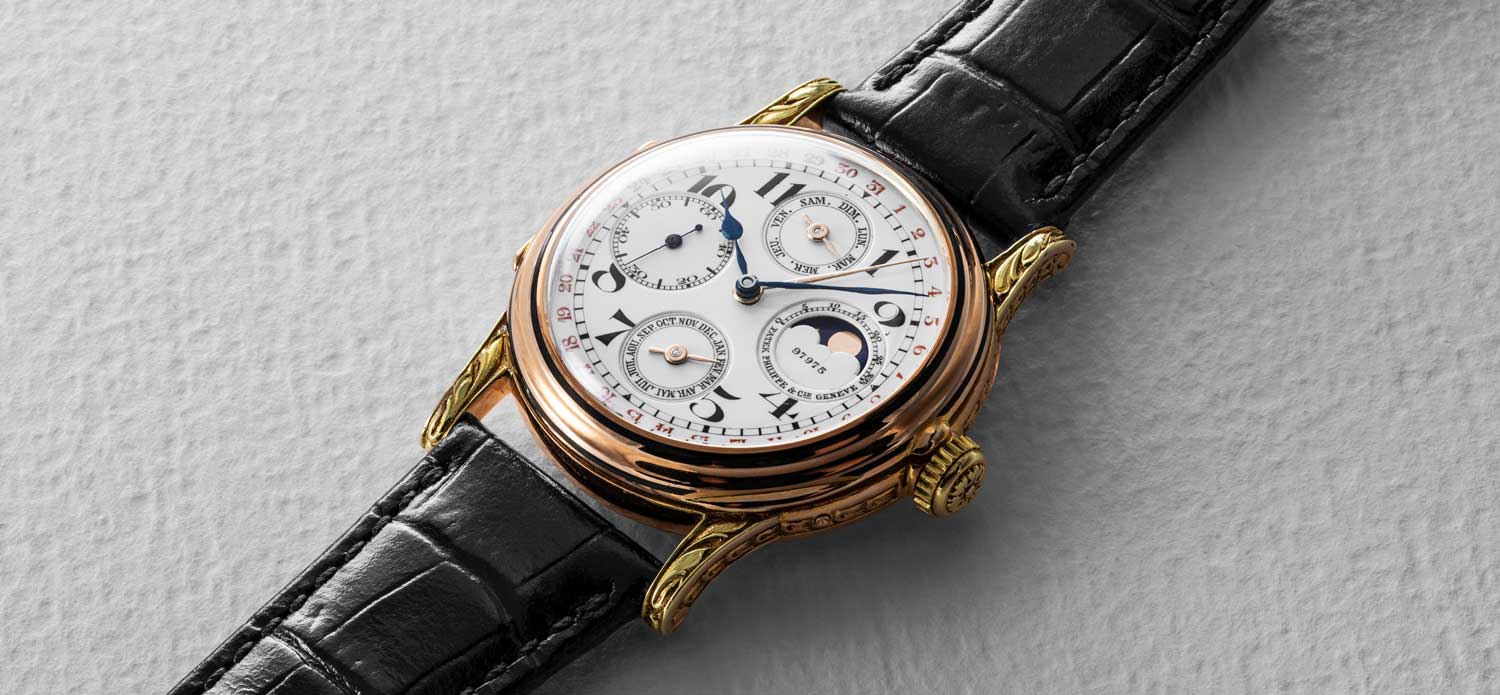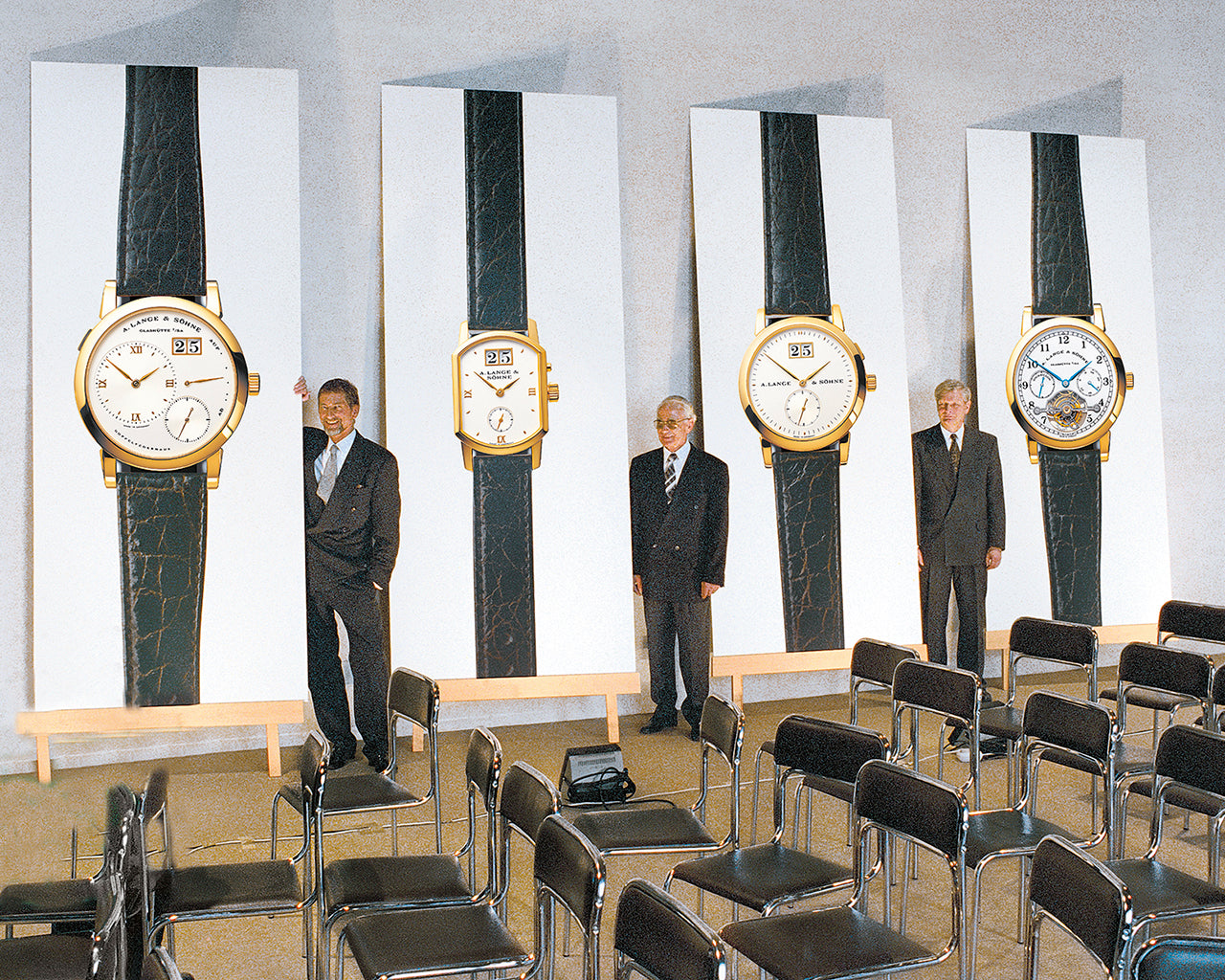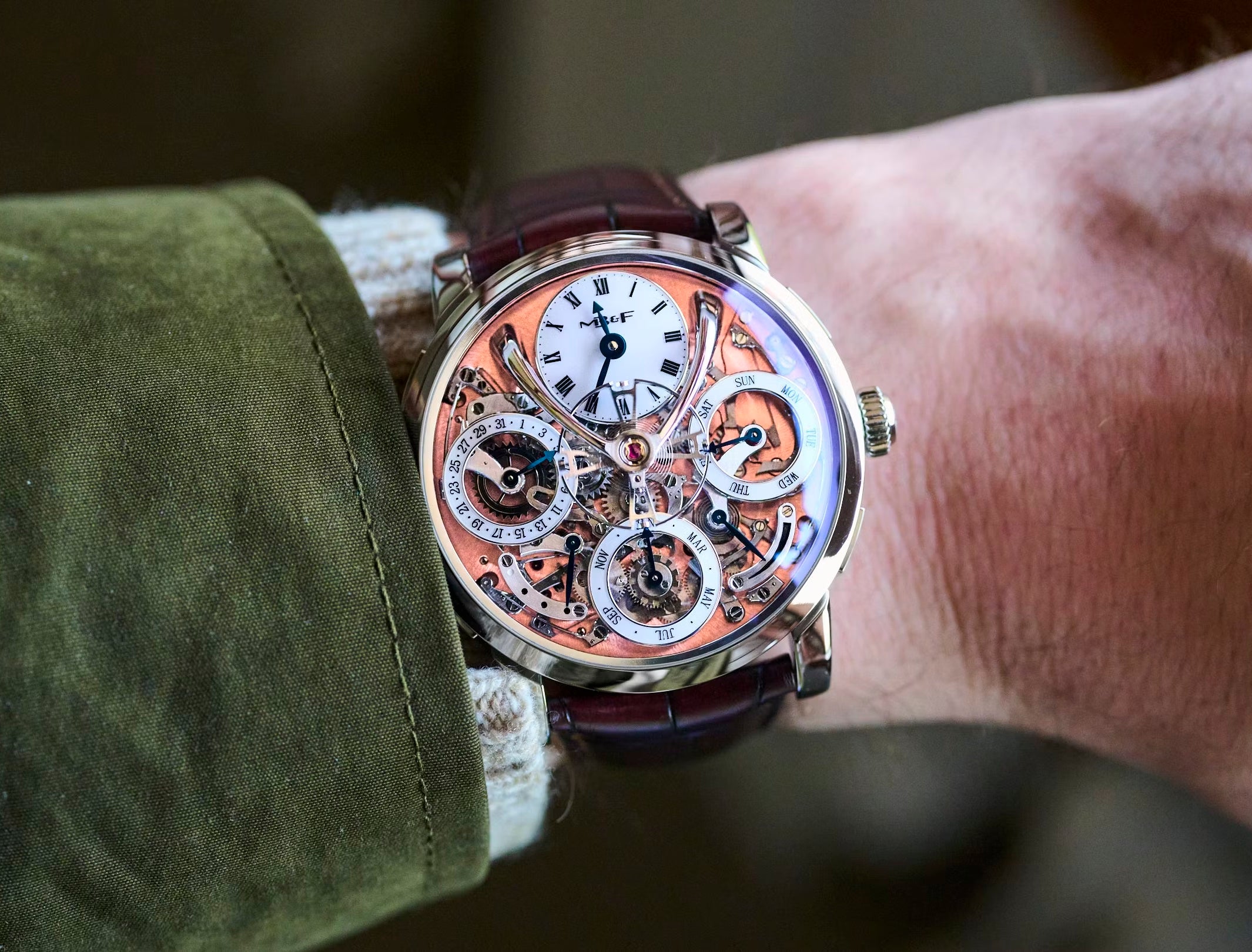Three Perpetual Calendar Watches That Represent The Complication

Today is February 29th: a sentence you can only say once every four years (truthfully, that is). Leap days were established by Julius Caesar in 46 B.C.E and account for the difference between the 365-day Gregorian calendar and 365.24-day tropical calendar. Mechanical timekeeping that accounts for leap years is a relatively new thing. Referred to as a perpetual calendar or a QP (Quantieme Perpétuel), the first known example of this complication is a pocket watch made by Thomas Mudge in 1762. Famously, this watch sold for a mere $79,000 in 2016. (I’d love to see what it would go for today). Perpetual calendar wristwatches have only been around since the 1920s. Where the complication has gone in the past century is nothing short of amazing. Today I’d like to highlight what are, in my opinion, three perpetual calendars that represent the complication as a whole. Different in their own ways, these watches should give you an idea of what makes the QP so special.
Patek Philippe 97975: The First Perpetual Calendar Wristwatch

Image Source: Revolution Watch
While this watch dates back to 1925, the movement inside – Patek Philippe’s caliber 97975 – was created for a women’s pendant watch in 1898. Unfortunately for Patek Philippe at the time, but fortunately for the course of horological history, the pendant never sold. The movement was recased into a hand-carved 34.4mm golden thing of beauty. In 1927, the watch sold to an American client and sits today in the Patek Philippe museum. The size of this movement and, in turn, the watch is frankly remarkable. Still today, major luxury watch brands struggle to create truly-wearable QPs. Patek Philippe knocked it out of the park on the first go. The 97975 marks the beginning of an era in which Patek Philippe would release icon after complicated icon, all beautifully-proportioned, the most desirable of which touting a perpetual calendar complication.
A. Lange & Sohne Lange 1 Perpetual Calendar Touribillon: An Icon Reimagined

Image Source: SJX Watches
Soon after the fall of the Berlin Wall, Walter Lange – great-grandson of revolutionary watchmaker Ferdinand Adolf Lange – revived his family’s storied brand in Glashütte, Germany. In 1994, just 5 years after this catalytic event, A. Lange & Sohne released four remarkable offerings to the public: the Lange 1, Arkade, Saxonia, and Tourbillon “Pour le Mérit”. With its scrupulous “golden ratio” dial arrangement, the Lange 1 is a masterclass in asymmetric design – it is one of few true modern horological icons. In 2012, A. Lange & Sohne introduced a Tourbillon Perpetual Calendar iteration of the Lange 1. For my money, this is the most magnificent watch ever made from the German brand.

Image Source: Monochrome Watches
The Lange 1 was not designed to display this much information. By introducing a perpetual calendar complication, ALS had to rethink the Lange 1’s dial layout which, as I mentioned earlier, was designed with a painful amount of intent. Somehow, they achieved a similarly-perfect dial design with the QP. Around the entire perimeter of the dial, you’ll see a rotating ring that indicates the month. Looking inside that ring, you’ll notice that the dial was completely mirrored. The hour and minute readout is now at 3 o’clock, the “outsize” date is now on the left side, the power reserve indicator was refashioned as a day complication and placed at 9 o’clock, there’s a brand new aperture at 6 o’clock indicating the leap year, the small seconds has a moonphase, and oh – there’s a tourbillon behind the dial. *Deep breath*. If this watch doesn’t get you hot and bothered, I don’t know what will.
MB&F Legacy Machine Perpetual

Image Source: Hodinkee
Max Busser is the microtechnology engineer, businessman, and creative genius behind MB&F. What many don’t know about him is that he has no formal training as a watchmaker. As he explicitly said in his episode of Hodinkee’s Talking Watches: “I am not a watchmaker”. So who is behind this perpetual calendar of the future? That would be Irish watchmaker Stephen McDonnell: a person who, much like Mr. Busser, has no formal training as a watchmaker. This perpetual calendar was designed from first principles: doing away with foundational techniques established hundreds of years ago. Of all the mechanical marvels I could highlight from MB&F’s Legacy Machine Perpetual, I’d like to highlight one that acts as a form of defense from its wearer. Perpetual calendars have what’s sometimes referred to as “danger zones”: periods of time in the middle of the night in which the calendar moves on its own accord and can be damaged if it receives user input. McDonnell’s entirely-rethought QP design makes so-called “danger zones” a thing of the past. During those hours, all calendar functions lock up, preventing the user from manipulating the movement and potentially damaging the watch. To my knowledge, this is the first and only perpetual calendar watch to do something like this.
Beyond this first-of-its-kind locking mechanism, the MB&F Legacy Machine Perpetual is an absolute stunner. The bi-legged balance bridge frames the hour-and-minutes dial, looking almost like the collar of a jacket framing someone’s head. The central balance wheel is visible from the dial-side while the escapement is not. This is the first “split escapement” movement ever created: a novelty in this centuries-old craft. I could go on and on about the Legacy Machine Perpetual, but just know that it’s a QP like no other. This is the ultimate modern iteration of this historic complication.









Leave a comment